I have always been a film photographer: I grew up when there was only film and realised, pretty early in the digital age, that the tens of thousands of hours I had already spent in front of a computer by that time was enough: I’d rather spend my free time watching the magic of silver, skin, bone and water on paper than in front of a screen.
I don’t regret that decision. But when I tell people I make photographs they expect things they can see on a screen so, somehow, a digital camera became necessary. In 2007 I bought a Ricoh GRD 2 which was interesting but far from ideal for me: the 28mm (equivalent) lens was too wide and the converter which made it, I think, 40mm was an experience in uncontrolled flare; and it had no viewfinder which I found a serious pain, even with an auxiliary viewfinder sitting on the flash shoe. But it could make very acceptable B/W in-camera meaning I could meet my goal of not sitting in front of a computer. And it was easy to use: the interface had clearly been designed by a photographer and you could set it up to be very painless and then never change it again.
And then they made the GXR which, even at the time, was clearly an idea which had leaked in from some better world that never was nor would be. But it had a unit with a 50mm equivalent lens, and another that would take M-mount lenses, of which I had a fair number. And it could have an EVF, and it looked like a bigger GR with a clearly related interface which I thought would be easy to use. And so, in 2012 when it had got cheap enough, I bought one with the EVF and M-mount unit.
The M-mount: mostly a failure
Although I understood that I would need to use 35mm lenses on the adaptor to get the 50mm field of view I normally like, I hadn’t really done the maths: I had then, I think, perhaps four or five 50mm lenses and a single 35. So I had exactly one usable lens, and that lens was one I almost never used on film cameras, so I wasn’t used to it.
And this was the start of the problems: it turns out that rangefinder lenses really want to be used on a rangefinder if you like the whole being-in-focus thing. Although the GXR has focus-peaking and can display a magnified centre of the image both of these things just get in the way of seeing through the viewfinder which is the whole point of a viewfinder. And then, if you don’t want to use the lens wide-open all the time, it’s just hard to get really good focus at all: there’s a reason SLRs keep the lens wide open until taking the picture. Some of this was, of course, made worse by the sensor having, for all practical purposes, higher resolution than 35mm film and enabling pixel-peeping of the sort I would not do with a 35mm neg or print.
The thing could produce very nice results, but it was just painful to use: it turned the experience of using a rangefinder into something closer to the experience of using a large-format camera which was not what I wanted from it. In fact I’ll go further: even with a full-frame sensor I can’t imagine that using M-mount lenses other than with a rangefinder camera – and not just a rangefinder-style camera – is really a nice experience. Perhaps I am wrong.
The A12 unit: mostly a success
So I had this expensive, pretty (I think) lump of magnesium which I couldn’t really use. But the GXR had not been a sales success and it became possible to get lens units for it pretty cheaply, so I bought the A12 33mm (50mm equivalent) unit for it. And I think one of the first times I took the camera out with this lens unit in 2013 it did this for me:
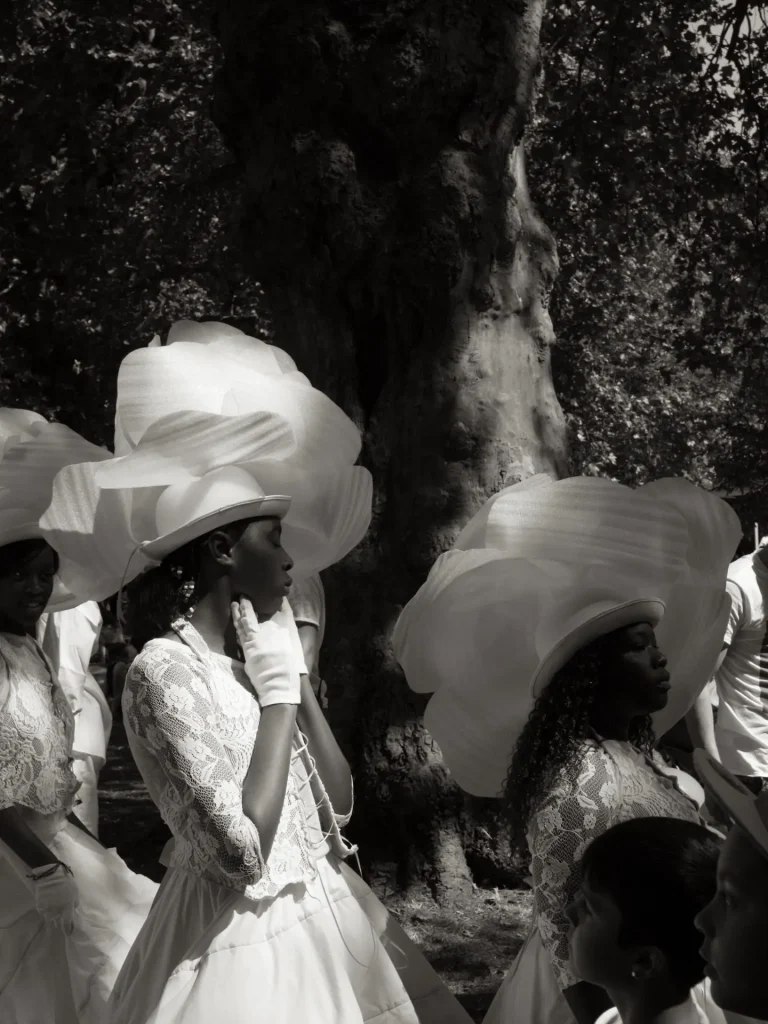
This is an in-camera JPEG slightly warmed to make it look more like the paper I use for darkroom prints: I am sure there are things wrong with it, but also that almost all of those things are me, not the camera. On the same day that I took this picture I also took a film picture of the same person which is one of my favourite pictures of mine. It’s a better picture, but this is technically nicer: by 2012 digital was technically better for most purposes than 35mm film, even without raw and endless fiddling. I realise this is heresy: that doesn’t make it false.
In use
I should have more to say about this than I do. I spent a little time setting up the GRD 2 in 2007 then copied and adapted those settings onto the GXR in 2012 and 2013, and I have pretty much not changed anything since then. In fact I have almost forgotten what I changed because everything, now, is in the right place. I have three presets: one raw/colour, one low-speed B/W and one high-speed B/W, where ‘high speed’ means ISO 800 which is plenty fast enough for cities at night. And I confess to using the ‘high-contrast B/W’ setting on occasion:
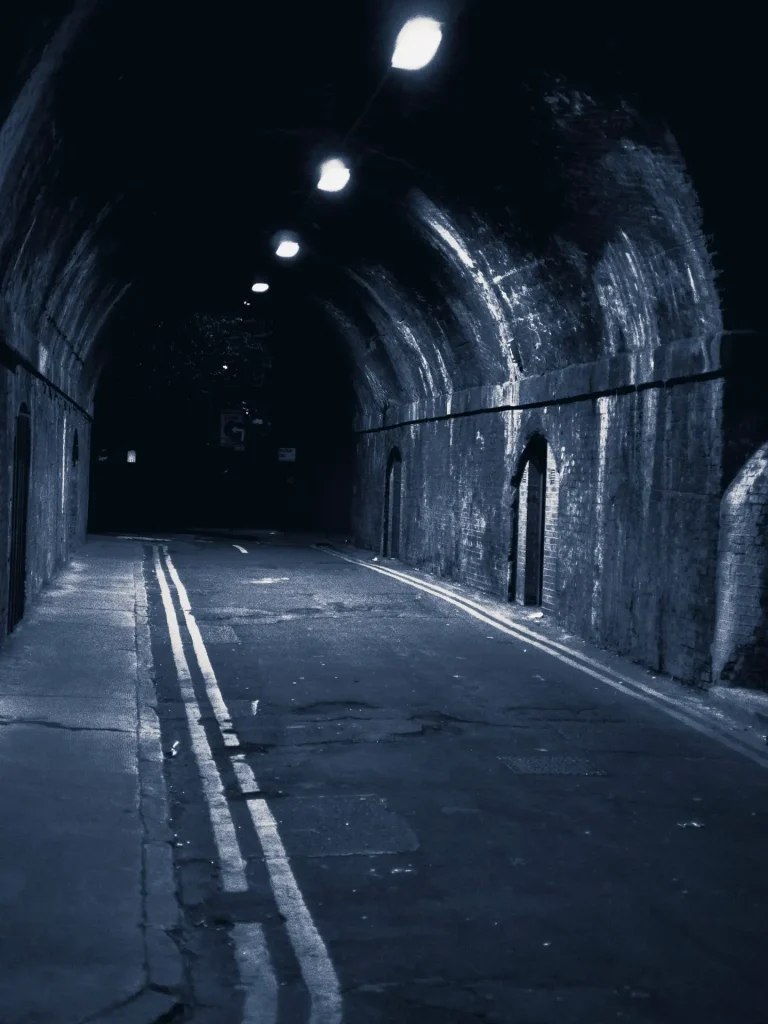
(Another slightly toned in-camera JPEG: I haven’t corrected the slight skew.)
The A12 unit has a focus ring which feels pleasant and lets you override autofocus in a way which mostly just works. There is no aperture ring but there’s a control which lets you slide the exposure/aperture one way or the other while keeping EV constant: I don’t know if that’s how it was set by default or if I set it up like that long ago. I have the two ‘zoom’ buttons set to adjust under/over exposure: it tends to over-expose so I usually underexpose by a stop or so (you can preset this: I never have).
In 2013 I found the GXR with the A12 as pleasant to use as a film rangefinder which, for me, was enough.
As time goes by
Like most people I suffer from GAS and a couple of years later I bought, second hand, an X100. I sold it this year, having not used it since well before the world stopped in 2020. I’m sure it was, objectively, a better camera than the GXR: the viewfinder was nicer, for a start. But it was never as transparent to use, and it reminded me of the cameras it was pretending to be, so I tended to pick up one of those instead: being rangefinder-style turns out to be a very different thing than being a rangefinder. The GXR has never pretended to be anything other than itself.
And I got used to the M-mount unit: if you treat it like you would a Barnack Leica, pre-focussing and waiting, or just taking things slowly it is a fine, if odd, experience:

(Again with the high-contrast B/W setting: it annoys me to be so obvious, but I do like it.)
And whenever I get GAS and think that I need more than 12MP I look at the pictures it makes and realise that, actually, I don’t: I might need more resolution if I was going to make huge prints, but I don’t even have a digital printer: any huge prints I make will come from film. And what it does is fine for looking at on a screen and better than that, in fact. In fact, these images are all 4×3: I’m not even using the whole sensor.
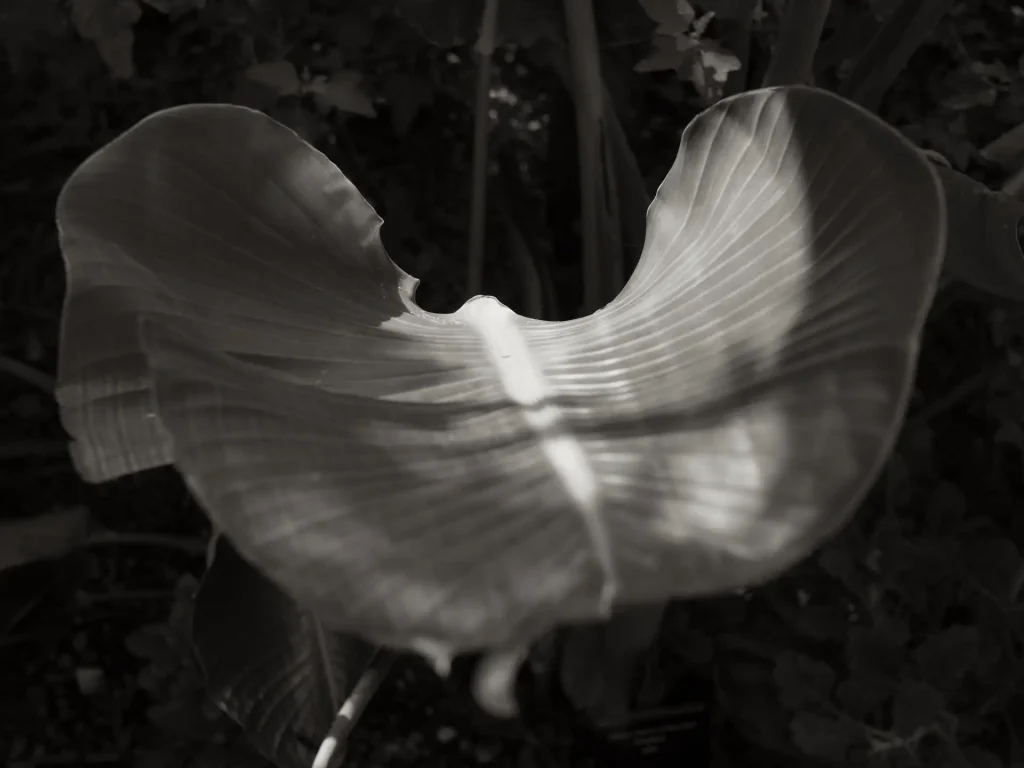
(Slightly toned in-camera JPEG.)
Old age
Autofocus was never its strong point and it’s fairly embarrassing today: it has a special ‘snap focus’ mode to address this which is fine if there’s enough depth of field: at night there never is. It’s ‘slow’: only quite-a-lot faster than anything which uses film. The EVF now seems primitive and has annoying blackout after taking a picture.
In mid 2020, as a result I think of getting pretty wet in 2018 (nothing is weather-sealed), the A12 unit failed. After not very much thought I bought a second-hand replacement. In 2013 the GXR was as pleasant to use as a film rangefinder, and produced results as good: it still was, and I had no desire to relearn something different and, only perhaps, better.
In 2021 I finally found out what the M-mount unit was for: in the wake of the first waves of covid I still wanted to take pictures of people but, not being keen on dying with a tube down my throat, I was a lot less comfortable using a short lens to do so:
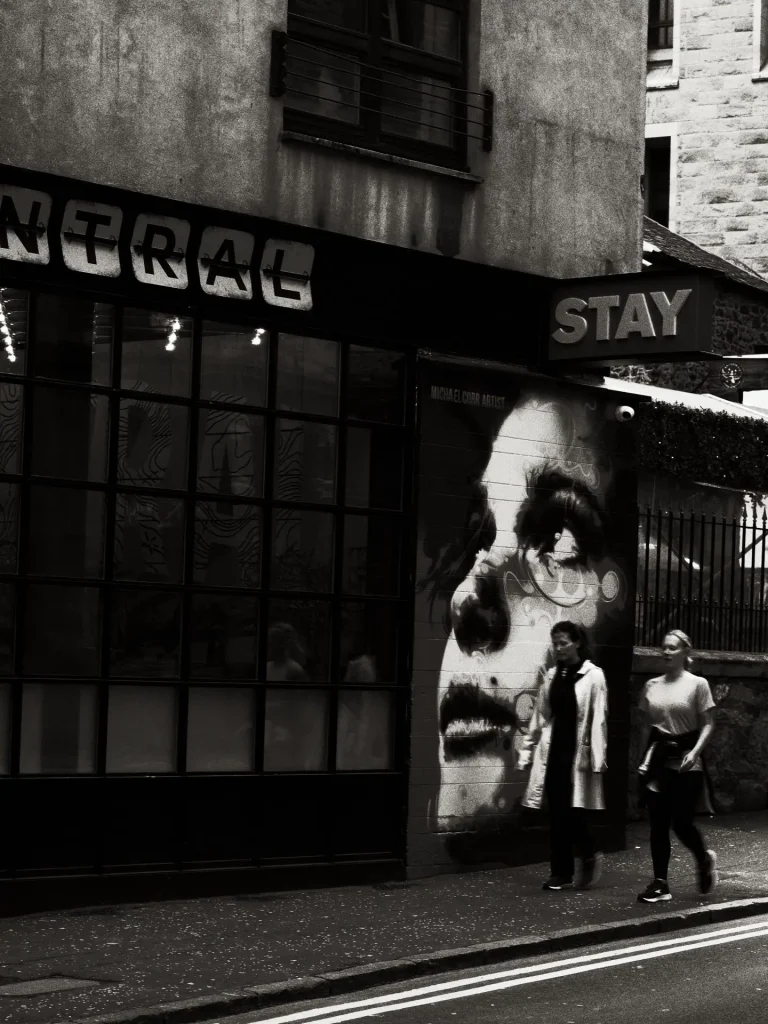
Ten years gone
This isn’t really an essay about the Ricoh GXR. Through a combination of good luck finding the right camera for me, at the right time, a serious horror of spending yet more of my life in front of a computer and, if I’m honest, being more willing to spend money on some interesting film camera or lens than on this year’s cool digital camera, I’ve used the same digital camera for almost a decade. As a result of that it is now something like a well-worn tool: a machine I can use without conscious thought. About ten years ago digital cameras got good enough that there was no longer any real practical need to upgrade them every few years ago: for about ten years it’s been possible to use a digital camera until it falls apart. More people, I think, should do that rather than chasing endless newness.
And some time soon it will fail in some terminal way: what will I do then? I don’t know: the recent 40mm GR would be tempting if it had a viewfinder, but as it is, well, I don’t know.
[Inspired by Alex Hakimi’s article, and by looking at a lot of old photographs afresh.]
Share this post:
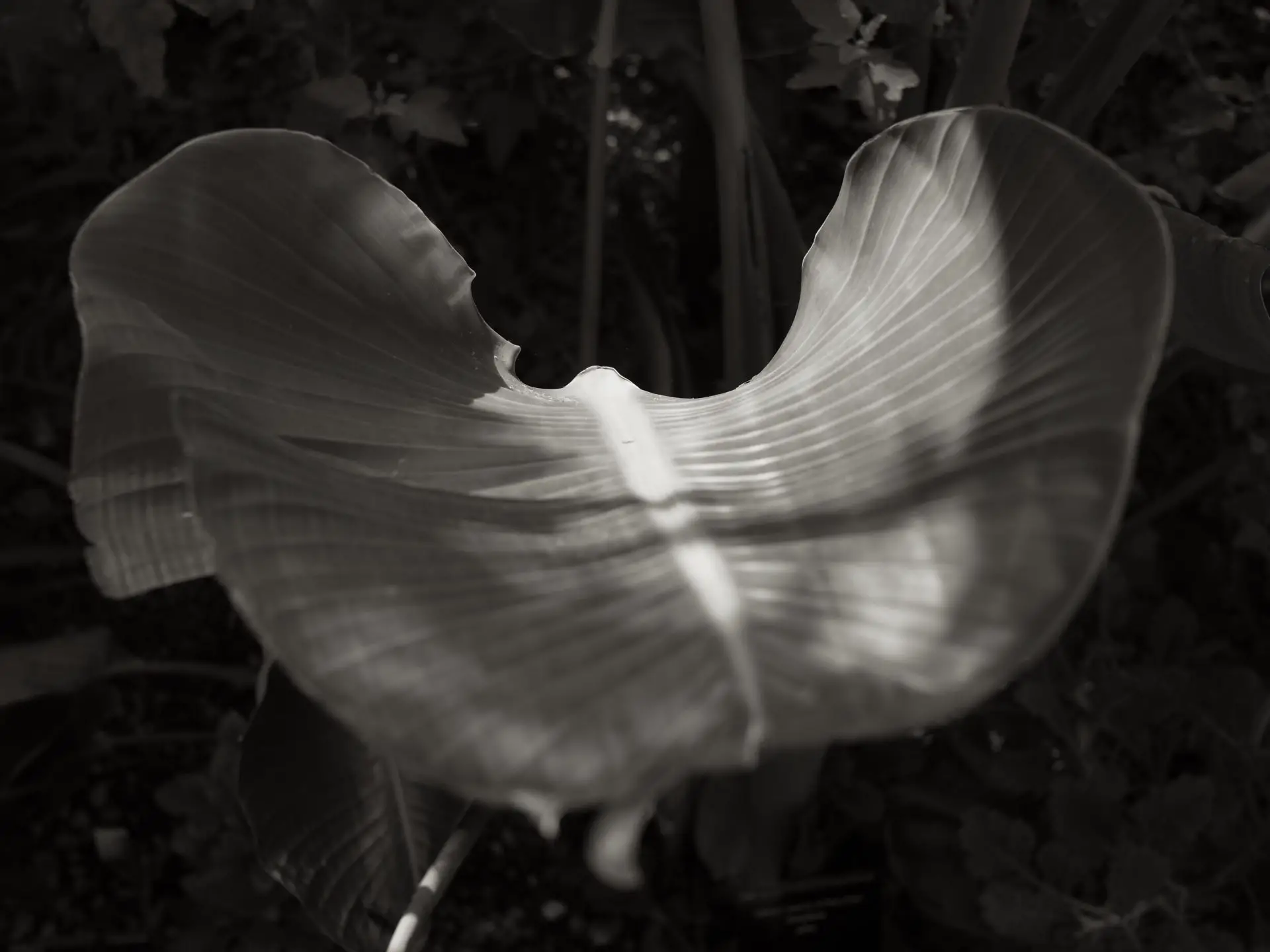








Comments
Nick Lyle on Ten Years Gone: The Ricoh GXR
Comment posted: 23/11/2021
Comment posted: 23/11/2021
Peter S on Ten Years Gone: The Ricoh GXR
Comment posted: 25/11/2021
Karen on Ten Years Gone: The Ricoh GXR
Comment posted: 23/04/2022
I have made a pact with myself never to upgrade the SL since there is really no need to ever do so. We’ll see how that goes.
A while back I asked a friend of mine if she would be upgrading her bicycle with some lighter parts. She replied, “It’s not my bike that needs to lose a few pounds”. True enough for cameras too.
Eric on Ten Years Gone: The Ricoh GXR
Comment posted: 25/09/2023